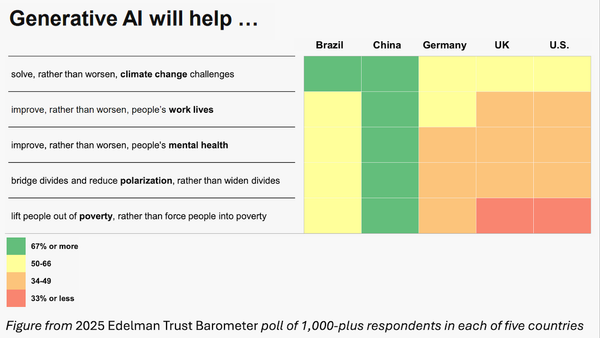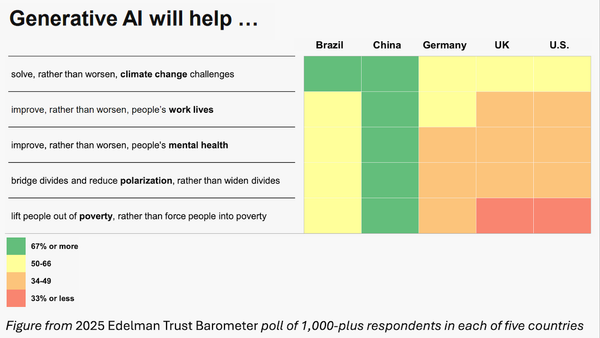Drones Go Commercial
Alphabet spin-out Wing launched its consumer drone delivery service, opening doors for specialists in computer vision and navigation.
Alphabet spin-out Wing launched its consumer drone delivery service, opening doors for specialists in computer vision and navigation.
What’s new: Wing carries goods from 12 local businesses to “a limited set of eligible homes” in Canberra, Australia. The company touts the service’s speed, small carbon footprint, and reduced traffic congestion.
How it works: Wing takes orders via mobile app and purports to deliver within 10 minutes. Its vehicles hover above the recipient’s back yard while lowering the delivery from a tether. Check the promo video. The three-foot-long, 14-prop fliers can:
- Carry packages up to 3.3 pounds
- Travel 20 miles round-trip
- Move at 75 miles per hour while dodging obstacles like trees and power lines
Why it matters: Goldman Sachs forecasts revenue from commercial drones, including deliveries, to reach $100 billion by 2020. That’s a rich playground for AI engineers.
Smart take: As a business, consumer drone deliveries remain unproven. But major players including Wing are banking on it, and they’re likely to keep trying until they establish a market.




